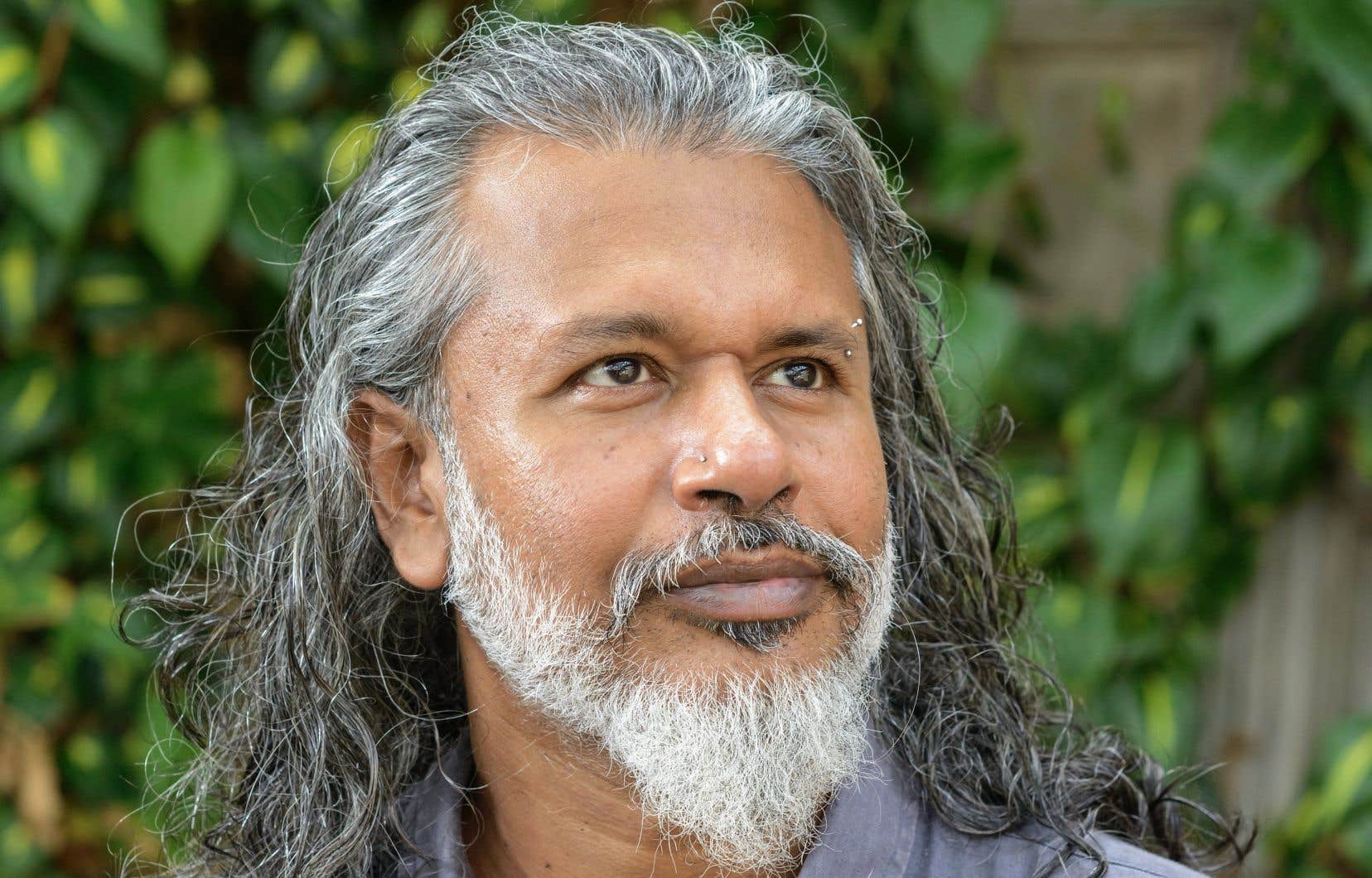Sri Lankan writer Shehan Karunatilaka, winner of the Booker Prize in 2022, has accomplished no small feat with his second novel, The seven moons of Maali Almeida. In some 500 pages as fascinating as they are complex, he draws inspiration from the folklore and mythology of his native country to paint a kaleidoscopic portrait of the civil war that consumed Sri Lanka for nearly 26 years, in addition to providing access to all the subtleties of its culture, its beliefs, its way of life, its beauty and its greatest contradictions.
The story opens with the death of Maali Almeida — “Photographer. Player. Slut. » — who wakes up in an in-between world populated by dismembered and bloodstained souls, unable to form an orderly line to fill out their membership forms. An employee — a Tamil university professor shot dead for her criticism of the separatist group the Tamil Tigers — informs him that her murdered body is currently sinking into the depths of Lake Beira.
Before her final flight towards the light, she offers the deceased seven moons, seven days, to solve the mystery of his death, and find a way for his girlfriend Jaki and her lover DD to get their hands on the photo negatives hidden under the bed of his family home. These precious photos will bring to light the atrocities taking place in his country, and thus change the course of this merciless conflict.
Maali’s quest – already incredible to say the least – is intensified by the numerous individuals involved in one way or another in the civil war, who also seek to unearth her photographic testimony in order to erase its traces or to use the evidence. They include government officials, supporters of the Tamil Tigers, members of the Marxist group Janatha Vimukthi Peramuna, Indian peacekeepers and illegal arms dealers.
In a second-person narrative, Shehan Karunatikala puts his mastery of the subject and his sharp wit at the service of an inventive universe, full of black humor, both timeless and profoundly modern, both through its cynicism and its philosophical questions. and policies.
To create this afterlife as tangible as it is heterodox, the novelist draws as much from the surrealism of Nikolai Gogol as from the theological framework of Dante and manages, in the manner of Salman Rushdie, to anchor the absurdity magical realism in the political, social, historical and religious heritage and context of Sri Lanka.
For the neophyte, reading is certainly demanding, but gives access to a grandiose and unknown world and to the fusion of two abundant and completely distinct imaginations which will meet somewhere on the roads of empathy, identification and loss of naivety. It all culminates in a valuable reminder that true demons do not need to hide in the darkness to achieve their ends.
